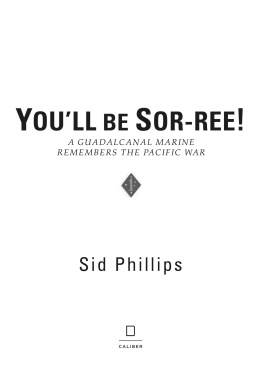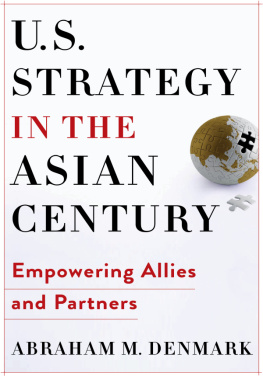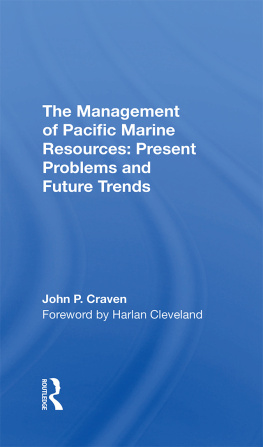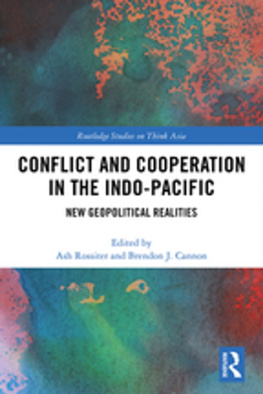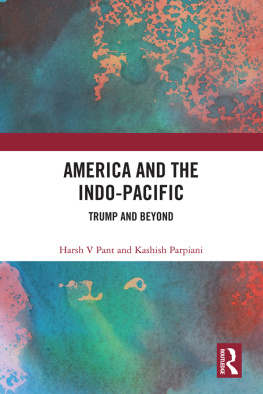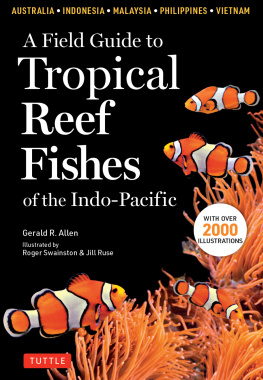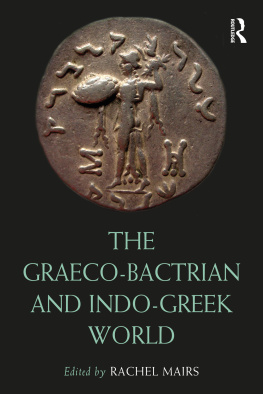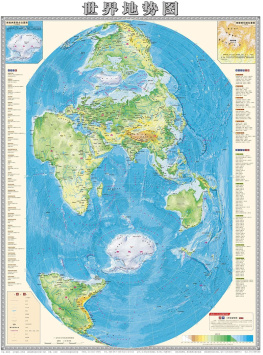Ono Rintaro - Prehistoric Marine Resource Use in the Indo-Pacific Regions
Here you can read online Ono Rintaro - Prehistoric Marine Resource Use in the Indo-Pacific Regions full text of the book (entire story) in english for free. Download pdf and epub, get meaning, cover and reviews about this ebook. City: Canberra;Indo-Pacific Region, year: 2013;2014, publisher: ANU E Press, genre: Home and family. Description of the work, (preface) as well as reviews are available. Best literature library LitArk.com created for fans of good reading and offers a wide selection of genres:
Romance novel
Science fiction
Adventure
Detective
Science
History
Home and family
Prose
Art
Politics
Computer
Non-fiction
Religion
Business
Children
Humor
Choose a favorite category and find really read worthwhile books. Enjoy immersion in the world of imagination, feel the emotions of the characters or learn something new for yourself, make an fascinating discovery.
- Book:Prehistoric Marine Resource Use in the Indo-Pacific Regions
- Author:
- Publisher:ANU E Press
- Genre:
- Year:2013;2014
- City:Canberra;Indo-Pacific Region
- Rating:5 / 5
- Favourites:Add to favourites
- Your mark:
- 100
- 1
- 2
- 3
- 4
- 5
Prehistoric Marine Resource Use in the Indo-Pacific Regions: summary, description and annotation
We offer to read an annotation, description, summary or preface (depends on what the author of the book "Prehistoric Marine Resource Use in the Indo-Pacific Regions" wrote himself). If you haven't found the necessary information about the book — write in the comments, we will try to find it.
Ono Rintaro: author's other books
Who wrote Prehistoric Marine Resource Use in the Indo-Pacific Regions? Find out the surname, the name of the author of the book and a list of all author's works by series.
Prehistoric Marine Resource Use in the Indo-Pacific Regions — read online for free the complete book (whole text) full work
Below is the text of the book, divided by pages. System saving the place of the last page read, allows you to conveniently read the book "Prehistoric Marine Resource Use in the Indo-Pacific Regions" online for free, without having to search again every time where you left off. Put a bookmark, and you can go to the page where you finished reading at any time.
Font size:
Interval:
Bookmark:
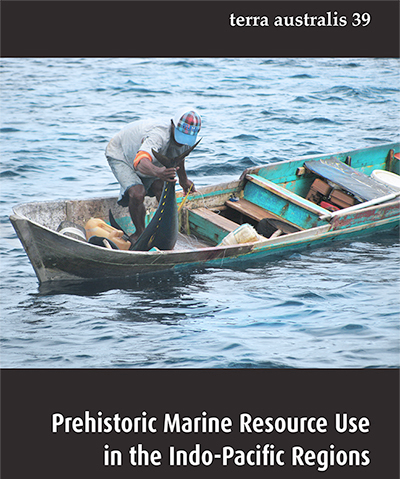
terra australis 39
Prehistoric Marine Resource Use in the Indo-Pacific Regions
Rintaro Ono, Alex Morrison, David Addison (eds)

Published by ANU E Press The Australian National University Canberra ACT 0200, Australia Email: anuepress@anu.edu.au 9781925021257 (paperback) 9781925021264 (ebook)
All rights reserved. No part of this publication may be reproduced, stored in a retrieval system or transmitted in any form or by any means, electronic, mechanical, photocopying or otherwise, without the prior permission of the publisher.
Cover design and lay out by ANU E Press
Cover image courtesy of Rintaro Ono.
This edition 2013 ANU E Press
Preface
Rintaro Ono, Alex Morrison, and David Addison
This volume contains a total of eleven papers which constitute a diverse but generally coherent collection on past and present marine resource use in the Indo-Pacific region, within a human-ecological perspective. The geographical focus extends from Eastern Asia, mainly Japan and Insular Southeast Asia (especially the Philippines) to the tropical Pacific (Micronesia, Melanesia, and Polynesia) with geographically outlying papers on sites in coastal Tanzania (Indian Ocean) and coastal California (North Pacific).
Most of these papers were originally presented during the session entitled Historical Ecology and Marine Resource Use in the Indo-Pacific Region at the 19th IPPA (Indo-Pacific Prehistory Association) Congress held in Hanoi, Vietnam in 2009, which the editors of this volume organised. Our main purpose in organising this session was to discuss and reconsider the unique position of archaeology in providing a long-term perspective on past marine ecosystems and human ecodynamics in the Indo-Pacific region.
Although historic sources provide information on recent centuries, archaeology can provide longer-term understandings of pre-industrial marine exploitation in the Indo-Pacific region. Archaeological data can provide valuable baseline data for evaluating contemporary ecological trends. With this understanding, we invited papers on current technical, methodological, and theoretical studies on a variety of topics such as fish and shell analyses, prehistoric fishing, ethno-archaeology, or even traditional and modern fishing in the Indo-Pacific region. A total of fourteen papers were presented during the IPPA Congress session. Among these papers, nine papers are contributed and included in this volume, with the addition of three more papers (by Braje et al., Hashimura, and Segi) that were planned for the session, but could not be presented in Hanoi. We are pleased to include these papers in this volume.
The volume divided into four parts based on the paper topics and temporal foci. Part 1 contains five papers that discuss prehistoric-to-historic marine resource use in the Indo-Pacific Region, based on recent excavations and archaeological analyses in Micronesia, Polynesia, the North Pacific coast, and the Indian Ocean.
Richard Olmo argues that archaeological fish bone analyses in the tropical Pacific have rarely provided information below the family level, and this has not only constrained researchers interpretations of prehistoric behaviour, but has also introduced substantial inaccuracies. To explore and provide a method to allow those interpretations to be enriched, he mainly uses fisheries data compiled by the Guam Division of Aquatics and Wildlife Resources and attempts to reconstruct prehistoric inshore fishing by the Chamorro in Guam, Mariana Islands. His discussion, which focuses on habitation and catch data for major inshore fish families in each species level, provides us with useful information and insight to analyse excavated fish remains and reconstruct past fishing activities in a tropical context.
Judith Amesbury also discusses marine resource use in the Mariana Islands, but she targets the exploitation of pelagic fish species such as mahimahi (dolphinfish) and marlin from prehistoric to modern times. In the Marianas, pelagic fishing continued throughout the 3,000-year long Prehistoric Period (ca. 1500 BC to AD 1521) and for nearly 150 years after European Contact in 1521. Based on archaeological data and historical documents, she discusses why the Chamorro people actively engaged in pelagic fishing from initial colonisation, but stopped around AD 1750. Apparently, the availability of boats after World War II brought about a renaissance in pelagic fishing in the Marianas after a hiatus of almost two centuries.
The atoll inhabitants of Tokelau, Polynesia have a more continuous record of offshore fishing and the exploitation of pelagic resources. Rintaro Ono and David Addison discuss ancient to present marine resource use on Atafu Atoll in Tokelau, based on their excavation and ethno-ecological research conducted in 2009 and 2010. Their excavations on Atafu confirm that the atoll has been inhabited at least 600 years, and the early inhabitants depended heavily on marine resources, particularly fish and sea turtle (as well as seabird). Their analysis of the excavated fish remains also reveals that the past islanders actively exploited both inshore and pelagic species, mainly Scarids (parrotfish), Serranids (groupers), Scombrids (tunas), and Carangids (trevally or scads). This pattern is very similar to recent and modern Atafu fishing, which is patterned in part by traditional marine-conservation measures. Integrating the archaeological and ethno-ecological information suggests the possibility that marine conservation measures have played an important part in marine resource exploitation on Atafu since prehistoric times.
In the North Pacific, marine mammals and shellfish have continually been an important protein resource for humans. Todd Braje, Jon Erlandson and Torben C. Rick discuss the case of historic marine resource use in California. Their analysis of a 10,000 year record of shellfish size changes from archaeological sites on Californias San Miguel Island documented a millennial-scale pattern of mean size reductions in red abalone ( H. rufescens ) and California mussel ( Mytilus californianus ) shells from archaeological sites, likely from increased human predation pressure. Their archaeological and ecological data also suggest that sea otter hunting, which began at least 9000 years ago in the Santa Barbara Channel waters, reduced otter densities and increased the productivity of near-shore abalone, sea urchin ( Strongylocentrotus spp.), and other shellfish populations. By comparing the excavated shells from 19th-century midden on San Miguel Island to prehistoric red abalone shell, they suggest that sea otter populations were locally reduced during the Mid-Holocene, allowing abalones to reach unprecedented size and abundance.
The last paper in Part 1 is by Annalisa C. Christie and explores the social context of maritime exploitation along the east African coast in the 12th-18th centuries AD, based on her archaeological research from the Mafia Archipelago, Tanzania. She evaluates the social context of maritime exploitation within the Mafia Archipelago by examining the faunal assemblages recovered during recent excavations at the site of Kua Ruins on Juani Island within a maritime anthropological framework in order to elucidate the influence of social status on resource accessibility, and to evaluate changing patterns of resource exploitation over time. As the site is situated within the Mafia Island Marine Park (MIMP), her study has the potential to inform marine resource management strategies by providing a historical perspective on the influence of the sea on the socio-cultural organisation of maritime interactions including resource exploitation.
Font size:
Interval:
Bookmark:
Similar books «Prehistoric Marine Resource Use in the Indo-Pacific Regions»
Look at similar books to Prehistoric Marine Resource Use in the Indo-Pacific Regions. We have selected literature similar in name and meaning in the hope of providing readers with more options to find new, interesting, not yet read works.
Discussion, reviews of the book Prehistoric Marine Resource Use in the Indo-Pacific Regions and just readers' own opinions. Leave your comments, write what you think about the work, its meaning or the main characters. Specify what exactly you liked and what you didn't like, and why you think so.



